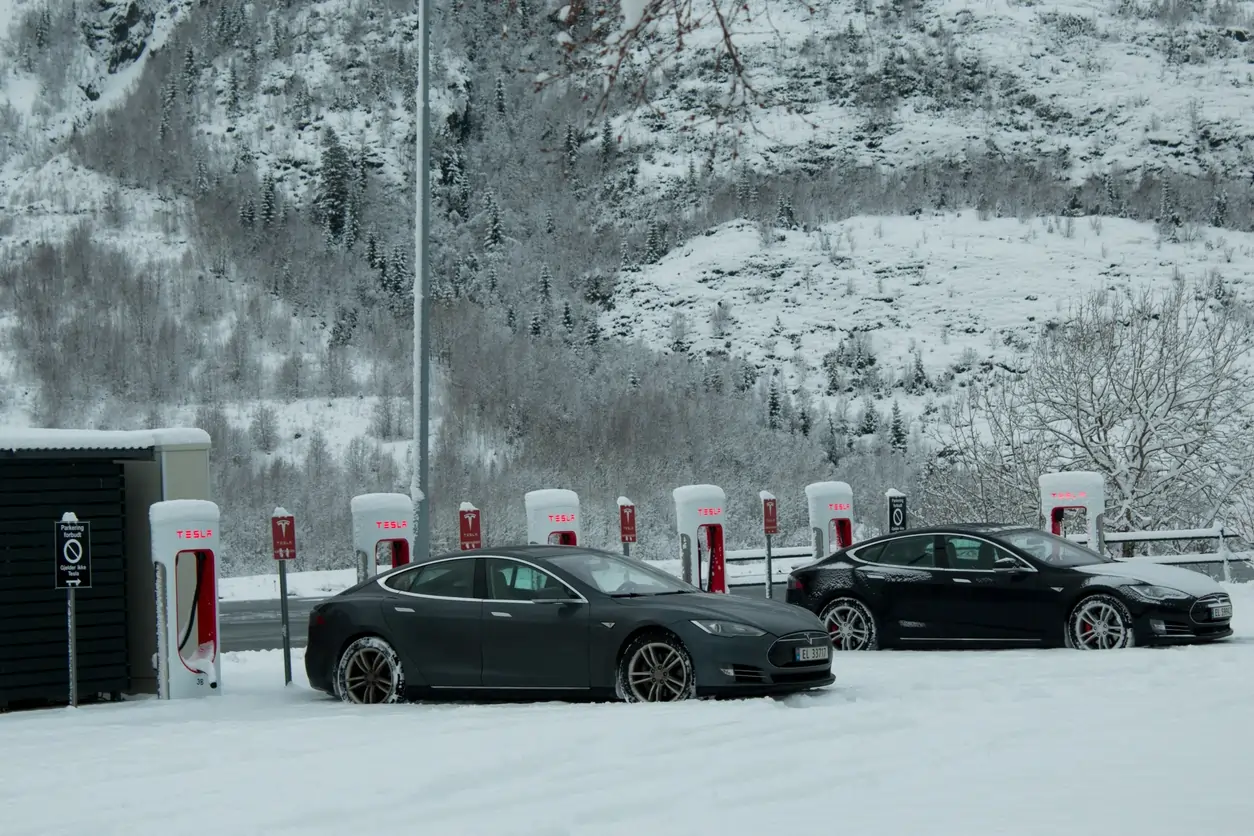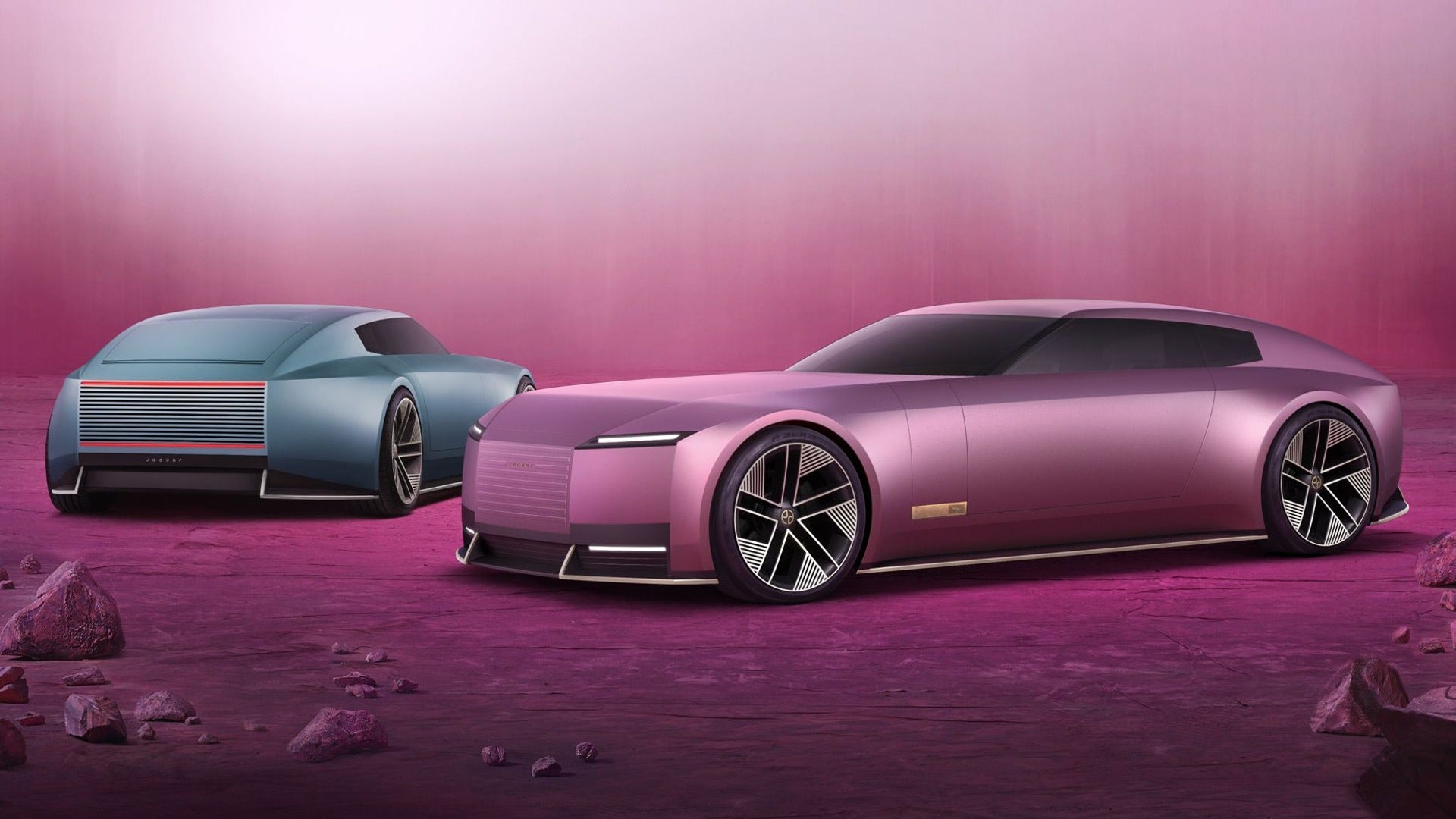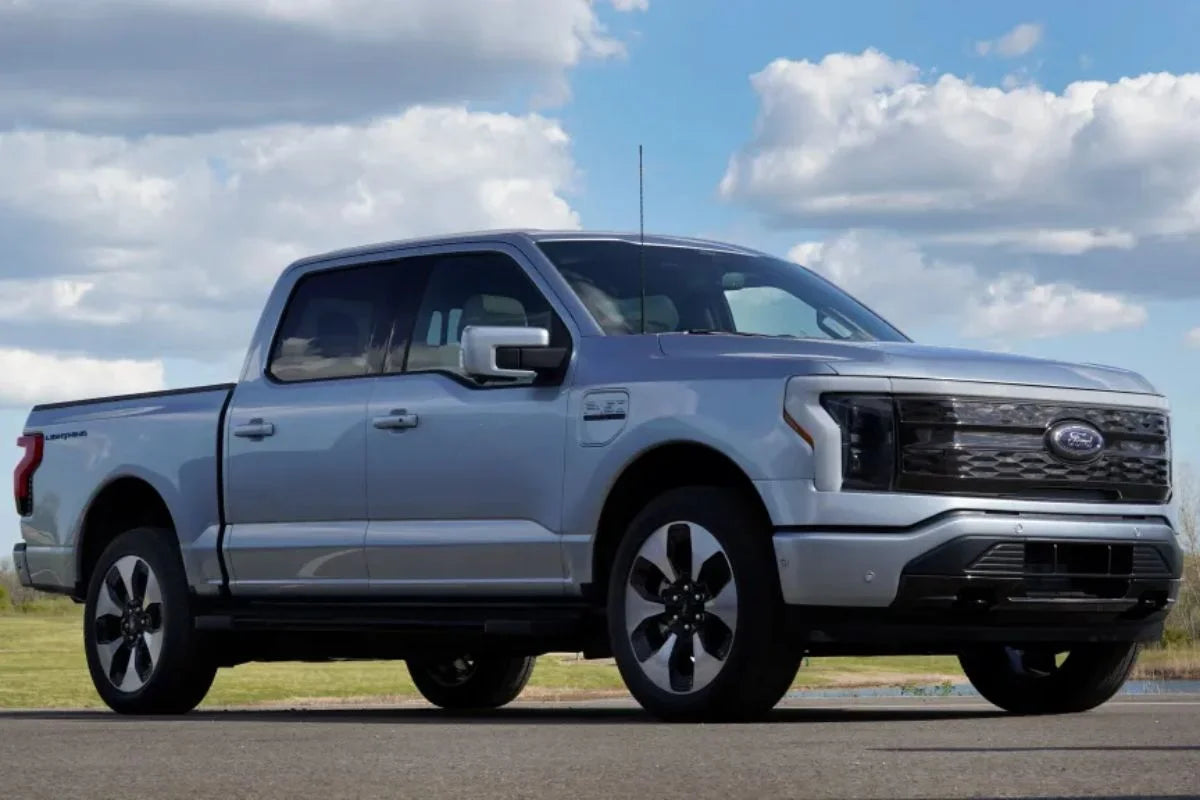Les véhicules électriques (VE) ont révolutionné les transports, mais leur Les performances par grand froid, notamment en dessous de -4 °C , posent des défis uniques. Les batteries lithium-ion, cœur de la plupart des véhicules électriques, sont sensibles aux températures négatives, ce qui peut réduire l'autonomie, ralentir la charge et accélérer la dégradation. Pour les propriétaires de véhicules électriques vivant dans des climats froids, il est essentiel de comprendre comment protéger leur batterie lors de la charge par temps froid. Cet article explore les fondements scientifiques de la charge des véhicules électriques par temps froid, les stratégies pratiques pour préserver la santé de la batterie et le rôle d'outils tels que les chargeurs portables et les Infrastructure conforme à la norme NEMA.
La science des performances des batteries par temps froid
Les batteries lithium-ion utilisent des réactions chimiques pour stocker et libérer de l'énergie. À des températures inférieures à -4 °C, l'électrolyte à l'intérieur de la batterie devient visqueux, ce qui entrave le mouvement des ions entre l'anode et la cathode. Cela augmente la résistance interne, réduisant ainsi la capacité de la batterie à accepter ou à délivrer une charge efficacement. Selon une étude de 2021 du Laboratoire national de l'Idaho, l'autonomie des véhicules électriques peut chuter de 20 à 40 % par grand froid, et les temps de charge s'allongent considérablement en raison de la baisse du taux d'acceptation de charge.
Les basses températures obligent également le système de gestion de la batterie (BMS) à limiter la puissance de charge afin d'éviter le dépôt de lithium, un phénomène par lequel du lithium métallique se dépose sur l'anode, réduisant ainsi définitivement la capacité. Bien que les véhicules électriques modernes soient dotés de protocoles BMS sophistiqués, une exposition prolongée à des températures négatives peut néanmoins solliciter la batterie, notamment pendant la charge.

Préconditionnement : la clé de la recharge par temps froid
L'un des moyens les plus efficaces de protéger la batterie de votre véhicule électrique par temps froid est le préconditionnement, c'est-à-dire le réchauffement de la batterie avant la charge. La plupart des véhicules électriques permettent de programmer le préconditionnement via l'application ou le système d'infodivertissement du véhicule. Ce processus utilise l'énergie du réseau (lorsque la batterie est branchée) ou de la batterie pour chauffer la batterie à une température optimale, généralement entre 20 et 25 °C.
Le préconditionnement minimise les risques de dépôt de lithium et assure une charge plus rapide. Par exemple, le BMS de Tesla peut réchauffer la batterie pendant le trajet jusqu'à un Superchargeur, en utilisant des données en temps réel pour optimiser la température. Cependant, dans les zones reculées sans accès à des chargeurs de niveau 3, un chargeur portable branché sur une prise NEMA 14-50 peut constituer une alternative fiable pour le préconditionnement et la charge.
Recommandations de chargeur NACS (Tesla) : Prise NEMA 5-15 pour usage portable/domestique, prise NEMA 14-30, prise NEMA 14-50 Chargeur NACS (Tesla)
Pour maximiser l’efficacité du préconditionnement :
- Planifiez les séances de charge pendant les périodes les plus chaudes de la journée, si possible.
- Utilisez un garage pour protéger le véhicule du refroidissement éolien, qui peut aggraver les pertes de chaleur.
- Surveillez la température de la batterie via l'application du véhicule électrique pour vous assurer qu'elle atteint la plage optimale avant le début de la charge.

Choisir la bonne infrastructure de recharge
L'infrastructure de recharge joue un rôle essentiel dans la protection des batteries par temps froid. Par temps froid, les chargeurs de niveau 1 (120 V, prises domestiques standard) sont souvent trop lents pour fournir une puissance suffisante pour le préconditionnement ou une charge rapide. Les chargeurs de niveau 2 , qui utilisent généralement une prise NEMA 14-50 ou NEMA 6-50, fournissent 240 V et 30-50 A, ce qui les rend parfaits pour la recharge à domicile dans les climats froids.
Pour les propriétaires de véhicules électriques en déplacement, un chargeur portable compatible avec les prises NEMA offre une grande flexibilité. Ces appareils peuvent être branchés sur des prises de camping, des prises industrielles ou des bornes de recharge domestiques, délivrant jusqu'à 32 ampères. Lors du choix d'un chargeur portable, privilégiez les modèles à ampérage réglable et à étanchéité robuste (IP67 ou supérieur) pour résister à la neige et au verglas.
Les chargeurs rapides CC publics (niveau 3) constituent une autre option, mais leur disponibilité dans les régions rurales et froides peut être limitée. De plus, la charge rapide par grand froid peut solliciter la batterie si le préconditionnement est inadéquat. Vérifiez toujours que votre chargeur portable ou votre installation domestique est conforme aux normes NEMA pour garantir la sécurité et la compatibilité.

Isolation de la batterie et stratégies de stationnement
Au-delà de la recharge, la façon et l'endroit où vous garez votre véhicule électrique par temps froid affectent la santé de la batterie. Le stationnement dans un garage chauffé ou isolé peut réduire la consommation d'énergie nécessaire au préconditionnement et maintenir une température de base de la batterie plus élevée. Si vous n'avez pas de garage, envisagez les stratégies suivantes :
- Utiliser des couvertures thermiques : des couvertures thermiques spécifiques pour batteries de véhicules électriques peuvent isoler le bloc-batterie, réduisant ainsi les pertes de chaleur. Elles sont particulièrement utiles pour le stationnement de nuit dans des environnements non chauffés.
- Stationnez dans des zones abritées : évitez les terrains découverts où le refroidissement éolien peut faire baisser davantage les températures. Un abri pour voiture ou le côté sous le vent d'un bâtiment offre une certaine protection.
- Réduisez le chauffage de l'habitacle : une utilisation excessive du chauffage d'habitacle consomme de l'énergie de la batterie, réduisant ainsi l'autonomie et l'efficacité de la charge. Privilégiez les sièges chauffants et le volant chauffant, moins énergivores.

Optimisation des paramètres de charge pour les conditions négatives
Les véhicules électriques modernes offrent des paramètres de charge personnalisables pour protéger la batterie par temps froid. Par exemple, définir une limite de charge à 80-90 % (au lieu de 100 %) réduit la sollicitation de la batterie, car les charges complètes augmentent le risque de dépôt de lithium par grand froid. De plus, de nombreux véhicules électriques permettent aux utilisateurs de privilégier des vitesses de charge plus lentes avec un chargeur portable, ce qui peut être plus doux pour la batterie à basse température.
Lorsque vous utilisez un chargeur NEMA de niveau 2, assurez-vous que le circuit est dédié pour éviter les surcharges. Un disjoncteur de 50 ampères associé à une prise NEMA 14-50 est idéal pour la plupart des installations domestiques, offrant une alimentation constante sans déclenchement. Si vous utilisez un chargeur portable, vérifiez que la mise à la terre de la prise est intacte, car des températures négatives peuvent aggraver les pannes électriques.

État de santé à long terme des batteries dans les climats froids
Une exposition fréquente à des températures négatives peut accélérer la dégradation de la batterie au fil du temps, surtout si les pratiques de charge sont insuffisantes. Pour préserver la santé de la batterie à long terme :
- Évitez les décharges profondes : maintenez la batterie à un état de charge (SoC) supérieur à 20 % autant que possible, car un faible SoC exacerbe le stress dû au froid.
- Entreposez correctement le véhicule : si vous ne conduisez pas le véhicule électrique pendant une période prolongée, entreposez-le dans un environnement climatisé avec un SoC de 50 à 60 %.
- Utilisez le freinage régénératif avec parcimonie : par grand froid, il peut être moins efficace en raison d'une moindre capacité de charge de la batterie. Adaptez votre style de conduite pour privilégier les freins mécaniques.
Inspectez régulièrement votre chargeur portable et vos prises NEMA pour détecter l'usure, surtout après une exposition prolongée à la neige ou au verglas. Un équipement défectueux peut entraîner une charge inefficace ou des risques pour la sécurité.

Conclusion : Favoriser la possession de véhicules électriques par temps froid
Posséder un véhicule électrique par des températures inférieures à -4 °C nécessite des mesures proactives pour protéger votre batterie et maintenir ses performances. En optimisant le préconditionnement, en choisissant une infrastructure de recharge conforme aux normes NEMA et en adoptant des stratégies de stationnement et de recharge intelligentes, vous pouvez atténuer les difficultés liées à l'utilisation par temps froid. Un chargeur portable de haute qualité, associé à une installation robuste de niveau 2, garantit flexibilité et fiabilité, que vous soyez à la maison ou en déplacement.
À mesure que la technologie des véhicules électriques évolue, les fabricants développent des batteries plus résistantes au froid, notamment grâce à des batteries à semi-conducteurs et des systèmes de gestion thermique avancés. En attendant, ces bonnes pratiques assureront le bon fonctionnement de votre véhicule électrique, quelle que soit la température.
Lecture recommandée : Les véhicules électriques Volkswagen devraient se connecter au réseau de superchargeurs de Tesla d'ici 2025








Partager:
Chargeur de véhicule électrique portable ou chargeur de véhicule électrique domestique : lequel vous convient le mieux ?
5 réglages EV cachés qui augmentent l'autonomie